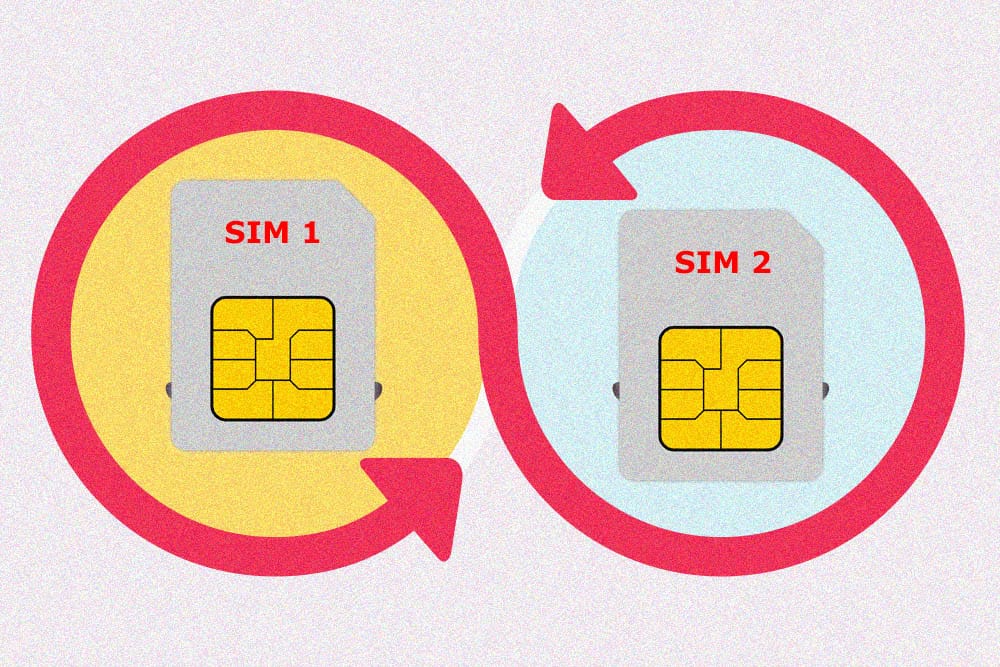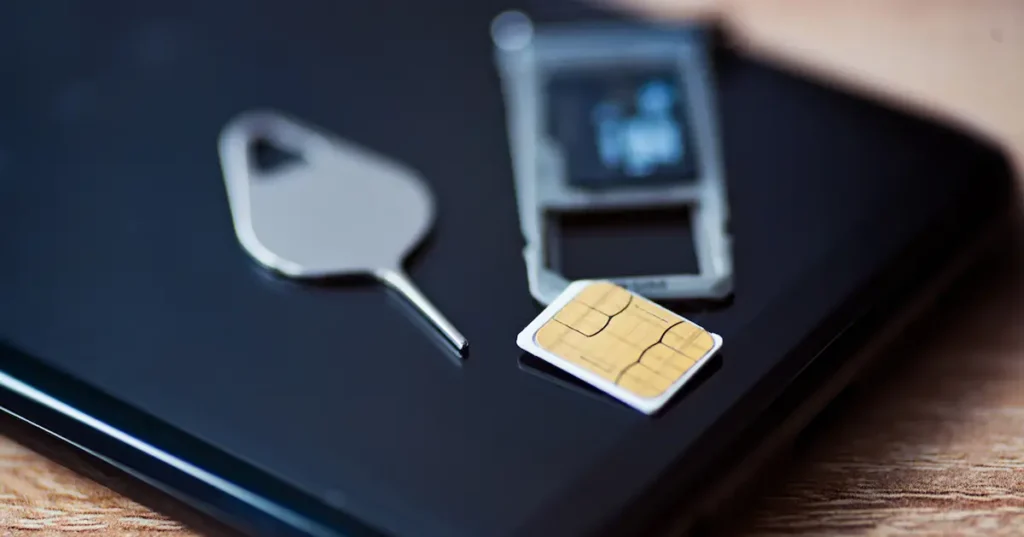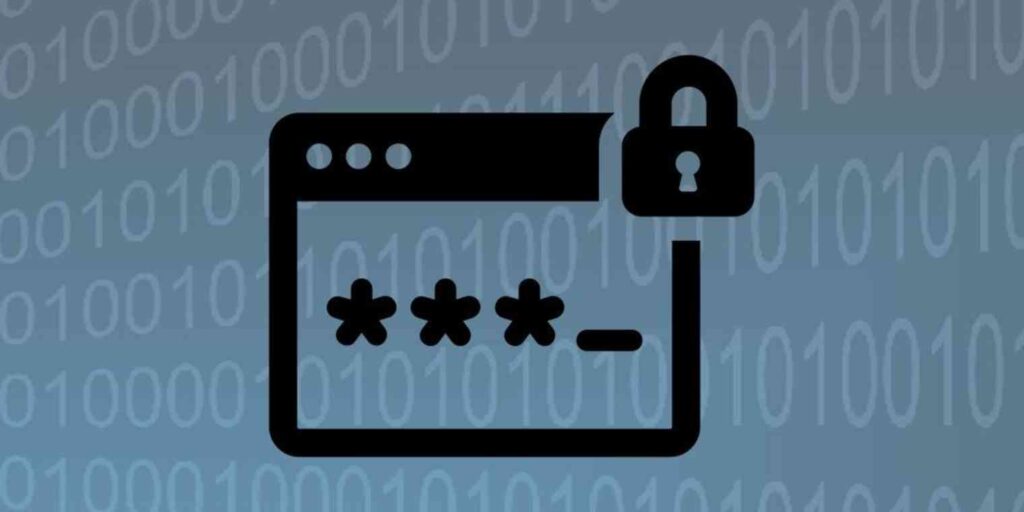
SIM Swapping is a form of theft where an unauthorized person gains access to your phone account by tricking your wireless provider into transferring your phone number to a device they control. This can happen in moments and can have devastating long-term repercussions for the victim since it provides criminals with access to financial, professional, and personal accounts. Furthermore, as this type of theft grows in frequency and sophistication, it has become increasingly difficult for consumers to protect themselves.
Table of Contents
How Does SIM Swapping Occur?

Source: securityintelligence.com
These attacks are made possible because many companies do not verify identity beyond asking for basic information or require two-factor authentication when making changes to accounts. To make matters worse, some telecom service providers only use a single form of identification verification when porting a phone number, making it much easier for hackers to commit fraud.
Many criminals have even been known to log onto online accounts before carrying out SIM swapping attacks in order to harvest details about the victim that can then be used for fraudulent transactions. As such, it is important for users to take an active role in securing their accounts from potentially malicious actors.
The Dangers of SIM Swapping
The danger of SIM swapping is not just financial; it can also lead to damage to reputation if malicious content or credit card numbers are used. A further threat posed by criminals who gain access through SIM swapping is that they can harvest enough personal data over time to even apply for loans and credit cards in your name or engage in identity theft activities.
The effects of being a victim can be devastating, leaving individuals with damaged credit ratings, drained bank accounts, and damaged reputations that aren’t easy or quick fixes. That’s why it’s so important for all users – individual or corporate – to be aware of the dangers of SIM swapping so they can take preventative steps ahead of time and be prepared in case they ever become a victim themselves.
Prevention Strategies

Source: aarp.org
First and foremost, always use strong passwords when setting up new accounts or resetting existing ones. If possible, use two-factor authentication for added protection—this means entering both your username/password combination as well as receiving a one-time authorization code from a third-party application like Google Authenticator. Never give away sensitive information such as your social security number or banking information to anyone over the phone or via email unless you have taken specific steps to verify their identity first.
Additionally, it’s important to keep track of any changes made to your cellular account. Be sure you are receiving notifications every time there is an update or new service added and don’t hesitate to call customer service if something doesn’t feel right.
Finally, be mindful about where you store passwords—do not save them on easily accessible devices like cloud drives or public computers!
What to Do if You Become a Victim
It is important to stay calm during a SIM-swapping incident and to take steps to protect your financial accounts, contact numbers, personal information, and digital identity. The following steps should be taken immediately if you suspect or have experienced a SIM-swapping attack:
1. Notify your service provider
Contact your phone service provider as soon as possible to let them know you are a victim of SIM swapping. They can then take appropriate measures to help prevent any further compromise of your personal data and accounts.
2. Change all passwords

Source: zapier.com
Change the passwords for all online services, such as banking accounts, social media networks, online stores, etc. This should always be done the first time you sign in after experiencing a SIM swap incident.
3. Update security questions
Change the security questions on any online accounts that may have been compromised as well as two-factor authentication statements or providers used for any two-step verification services such as security apps or banking applications.
4. Enable additional layers of protection
Consider adding layers of additional protection such as biometric identification information (e.g., face scans or fingerprints), pin access codes associated with individual card purchases (e.g., credit/debit cards), or new authentication apps used when conducting certain activities that involve sensitive information (e.g., services involving money transfers or large amounts of data). Additionally, turning on network-level encryption on devices used to access private information can help protect against future attempts at unauthorized accesses due to SIM swaps or other unauthorized attempts made by criminals exploiting weaknesses in large networks with many users potentially vulnerable to attack at once.
5. Monitor credit reports

Source: mybanktracker.com
Be sure to check all current and past credit reports regularly in order to ensure that no identity theft has occurred due to the fraud incident and make sure no changes were made without your knowledge since those changes could indicate fraudulent charges were attempted using stolen data from other sources unrelated to sim swapping fraud attempts directly against you personally.
Legal consequences for perpetrators of SIM swapping fraud
The specific legal consequences for SIM swapping fraud vary depending on the jurisdiction and severity of the crime. In many cases, this kind of fraud is considered a form of identity theft or wire fraud, both of which are federal crimes in the United States. These crimes carry severe penalties, including fines and imprisonment.
In addition to criminal charges, perpetrators of SIM-swapping fraud may also face civil lawsuits from their victims. Victims may sue for damages related to financial losses or other harms resulting from fraudulent activity.
Mobile carriers may also take legal action against individuals who engage in SIM-swapping fraud. Carriers have a responsibility to protect their customers’ personal information and prevent unauthorized access to accounts. If it is determined that a carrier’s negligence contributed to a SIM swap attack, they may be held liable for damages.
Conclusion
SIM swapping is a growing problem, but by taking the proper steps to protect your personal information and accounts, you can help reduce the chances of falling victim. By being aware of the signs of SIM swapping and having a plan in place for recovering from such an attack, you can be better prepared if it ever happens to you. With these strategies in mind, hopefully, you’ll be able to stay one step ahead and not become a victim yourself.







